Those two sentences are probably one of the things I will remember forever from my Scholarship year, and in a way they represent my recently finished introductory course to the Sentinel rebreather with Phil Short.
Will and me flew together from Norway to England – and we are surprisingly disorganised sometimes considering we travel around the world. Arriving the VR Technology factory prior to our Sentinel-DEMO without a car was rather…unforgivable. Each kit weighs 3/4 of my body weight, and that would be in addition to all our luggage from other traveling. Luckily, we rented a car in no time, and were ready for three days of rebreather lessons.
We spent the first day fiddling with the machine, better known as Life Support System. Basically, stripping it down and rebuilding it to understand the principles and how it works.
We also got the chance to meet the people at the VR factory, which was cool. It´s always nice to see the faces behind the logo. The last two days were spent doing theory lessons and silting up Vobster Quay doing drills and swimming around with the Sentinels on our backs.
My first dive with the closed circuit rebreather (CCR) quickly rewarded me with my nickname for the intro – T-Rex. Sadly, it is not because the dinosaur was one of the most awesome creatures that ever existed, but because I had too short arms to read the primary display mounted on my wrist. I have to admit, everything felt a little bit oversized for me, but I guess it´s a matter of getting used to it too. However, being instructed by Phil Short was epic.
Before the course I was worried I would have trouble wrapping my head around it all – but Phil has this incredible ability to explain how everything works. I have no doubt he could make an apple understand how to handle a rebreather. Using lemons as comparison to explain how the O2-sensors in a rebreather works to keep you alive was a winner for me. Not only is he an extraordinary teacher, he has the most amazing stories that will keep you up way past your bedtime. He also booked us the coolest Bed & Breakfast you could possibly imagine. It is a 300 year old building, with an English breakfast the size of a baby elephant, a bathtub which could room a Toyota Hilux and the owners welcome you in such a way that you feel you are staying with relatives. You have probably already understood that Will and I had a good time.
All in all, diving a closed circuit rebreather like the Sentinel was a wonderful experience. Once you accept that you don´t regulate your buoyancy with how deep you breathe, it all gets a lot easier. When you start embracing the idea, you may even like it. After 3 dives I sure felt a lot more comfortable doing it. Rebreathers are still controversial, but from what I have learned during the experience, how to safely dive with a rebreather basically comes down to three things; well designed and tested CCRs, sufficient training and thorough pre-checks. And I think that is my biggest lesson during this course; how to think in general terms when it comes to diving with rebreathers. Now I feel that I have a far better understanding of the concept and what to be conscious about, and that is a good foundation to start building upon if I one day get my own.
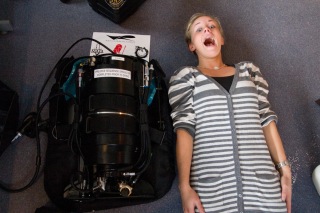
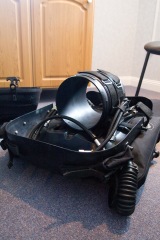
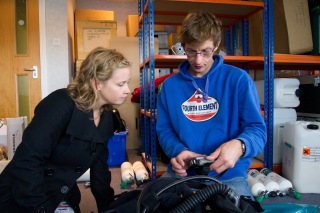
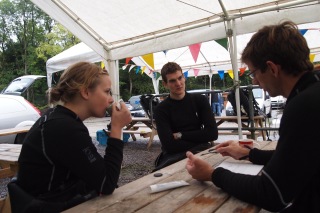
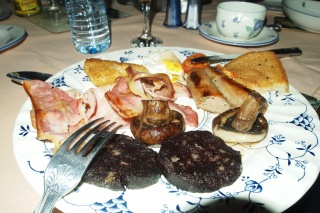
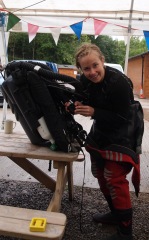
Dette ser avansert ut Ingrid… Rebreather trodde jeg omtrent du måtte bli marinejeger for å få lov å bruke…. 😉